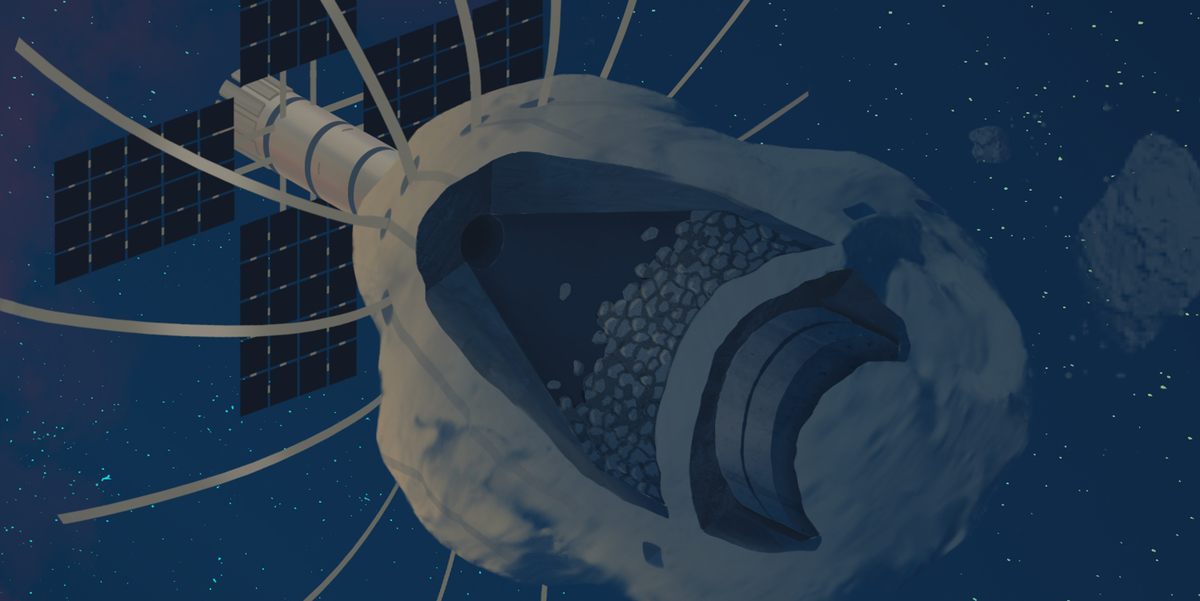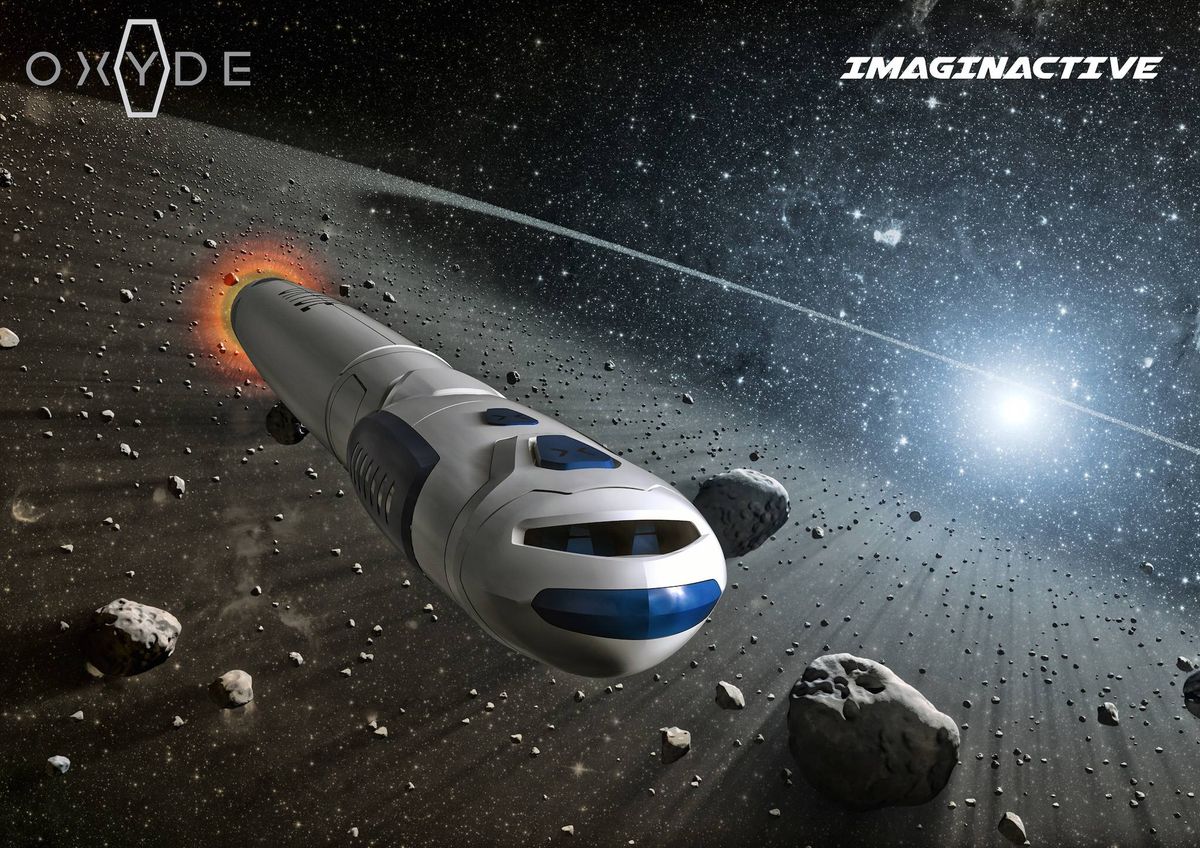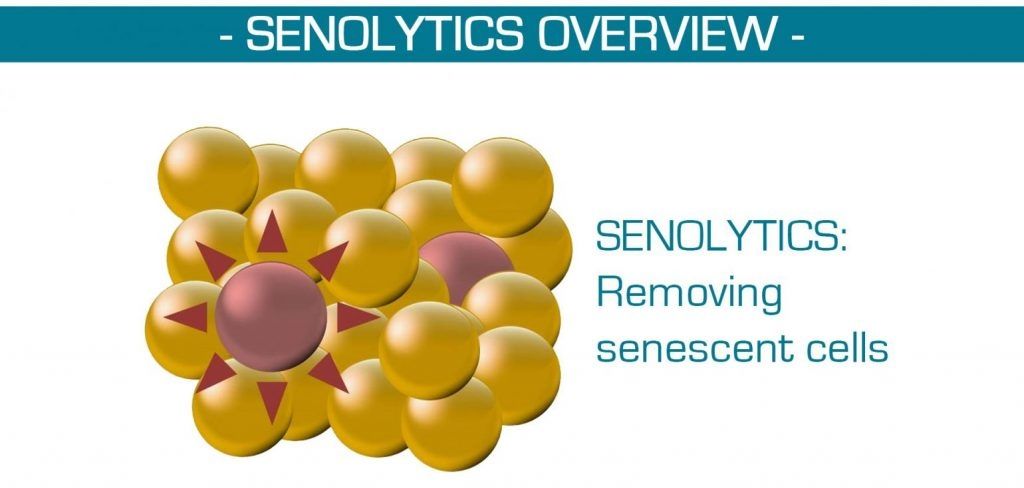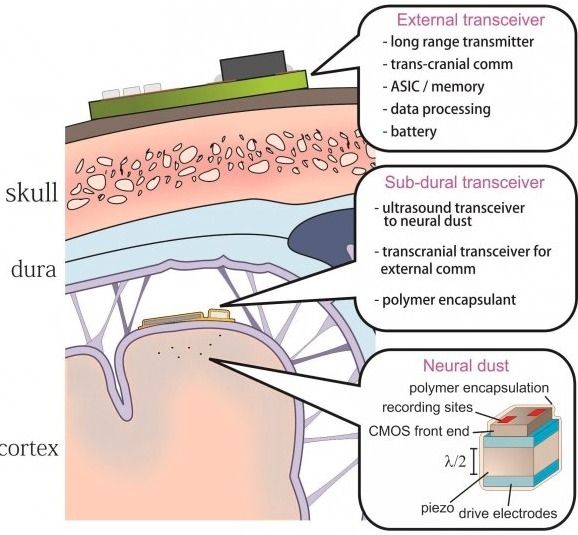Page 10719
Apr 25, 2017
A spacecraft that could mean lift-off for mining in space
Posted by Klaus Baldauf in categories: robotics/AI, space travel
The Oxyde would carry robots to the asteroid belt between Mars and Jupiter, opening up access to rare space metals.
Apr 25, 2017
Space May Be Next Frontier for Earth’s Crude Oil Giants: Analyst
Posted by Brett Gallie II in categories: energy, space
The Middle East has an outsize impact on energy here on Earth. One analyst thinks some regional powerhouses may leverage that role into the development of natural resources in space.
Countries like the United Arab Emirates and Saudi Arabia are developing space programs and investing in nascent private space commodity initiatives, said Tom James, a partner at energy consultant Navitas Resources. Doing so could give them a foothold in building extraterrestrial reserves of water — a substance likely to fuel travel within space — and other resources that could be used for in-space manufacturing.
Apr 24, 2017
The SkinGun can quickly heal serious burns
Posted by Shailesh Prasad in category: biotech/medical
Apr 24, 2017
Fight Aging sees effective antiaging treatments for medical tourism within 5 years
Posted by Klaus Baldauf in categories: biotech/medical, life extension
Fight aging is a site that is highly focused on radical life extension medicine and science. They have a forecast that within five years the first meaningful life extension treatments will exist.
Senescent cell clearing overseas within five years for $5K-25K .
Apr 24, 2017
Elon Musk wants to enhance us as superhuman cyborgs to deal with superintelligent AI
Posted by Sean Brazell in categories: biotech/medical, business, cyborgs, Elon Musk, robotics/AI

It’s the year 2021. A quadriplegic patient has just had one million “neural lace” microparticles injected into her brain, the world’s first human with an internet communication system using a wireless implanted brain-mind interface — and empowering her as the first superhuman cyborg. …
No, this is not a science-fiction movie plot. It’s the actual first public step — just four years from now — in Tesla CEO Elon Musk’s business plan for his latest new venture, Neuralink. It’s now explained for the first time on Tim Urban’s WaitButWhy blog.
Apr 24, 2017
Ontario basic income pilot project to launch in Hamilton, Lindsay and Thunder Bay
Posted by Aleksandar Vukovic in category: economics

https://youtube.com/watch?v=fPx6ePRRWcs
Basic income pilot project in Ontario.
Premier Kathleen Wynne announced Monday a plan to study basic income in Ontario, in a three-year pilot project based in Hamilton, Lindsay and Thunder Bay.
Apr 24, 2017
Five Weird Theories of What Lies Outside the Universe
Posted by Andreas Matt in category: space
The “outside the universe” question gets tricky right off the bat, because first you have to define the universe. One common answer is called the observable universe, and it’s defined by the speed of light. Since we can only see things when the light they emit or reflect reaches us, we can never see farther than the farthest distance light can travel in the time the universe has existed. That means the observable universe keeps getting bigger, but it is finite – the amount is sometimes referred to as the Hubble Volume, after the telescope that has given us our most distant views of the universe. We’ll never be able to see beyond that boundary, so for all intents and purposes, it’s the only universe we’ll ever interact with.
Apr 24, 2017
Larry Page’s Kitty Hawk announces ultralight aircraft you don’t need a license to fly
Posted by Klaus Baldauf in categories: robotics/AI, transportation

The fledgling “flying car” industry just received a major boost as Google cofounder Larry Page officially launched his new startup out of stealth.
Founded in 2015, Kitty Hawk has been known to exist for some time already, but we’ve hitherto had no real idea about what it was all about — beyond it having something to do with flying cars. But earlier this morning, company CEO Sebastian Thrun, who once headed up Google’s self-driving car efforts and later went on to found online learning platform Udacity, tweeted out a link to the company’s website and Twitter page. Kitty Hawk’s website now offers some clue as to what we can expect.















